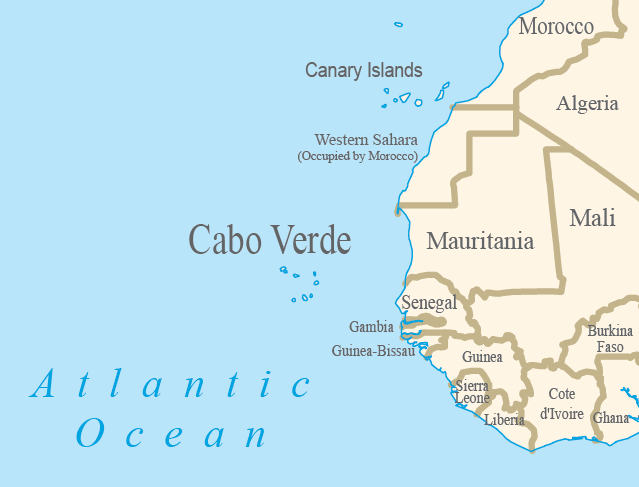One St. Patrick's Day while my mom was a high school Principal, someone noted that she wasn't wearing green. My mother's response was something along the lines of "I've got some Irish blood, and I'm not happy about it." Mom was probably having a tough day and thus dumped a bit more on the unsuspecting woman than she bargained for.
Our family tree has a bunch of dead ends and question marks. Some of them are due to American Indian women who married Black men. Others are due to sketchy slave records. Plus, one of my grandfathers was orphaned at a very young age and never had a birth certificate. That's a pretty tough branch of the tree to figure out.
When I retire, I might try pushing on these dead ends, but other branches are kinda dead to us.
I remember my grandmother telling me (when I was about 10) that a confederate soldier named Hawes "inserted himself into our family tree." This is probably the Irishman my mom used as a blunt object against that poor woman at school. Well, thanks to the marvels of DNA, we have pretty high confidence that the Hawes to whom my grandmother was referring was a son of the 2nd confederate governor of Kentucky.
A couple people from that branch have reached out, but my mom has never been particularly interested in pursuing those connections. Recently, I started to poke around in that part of the tree on Ancestry.com, but when Hawes' page came up and the relevant media included a confederate flag, I stopped in my tracks.
We don't know which Hawes brother sired my great grandmother Willie Ervin Jones, but the degree to which we have narrowed it down is sufficient for me because it turns out that I'm not particularly interested in that part of the tree. They are related by blood, but our familial relationship is not one I value, and I don't accept either their cultural heritage or legacy as a part of who I am.
 |
| Willie Ervin Jones (center) with her daughter Georgie (ca. 1936) |
Like my mother, I am not interested in digging into the confederate branches. I'm much more interested in the people and stories that actually molded my family. Aunts and uncles and grandparents and marriages and connection points are all interesting. Distant cousins whose stories aren't my family's stories hold little interest for me.
Maybe my thoughts on this will change as I get older, but right now I am fascinated by a relatively small number of ancestors and their stories. The Cape Verdean whaler. The orphan. The man who bought the freedom of his children. Every American Indian. Every man and woman who had to navigate the transition from slavery to reconstruction or through Jim Crow. The deep, dark, unknown stories can stay that way. If they seek me out, I will probably engage with the conversation, but I probably won't actively look down those branches.

